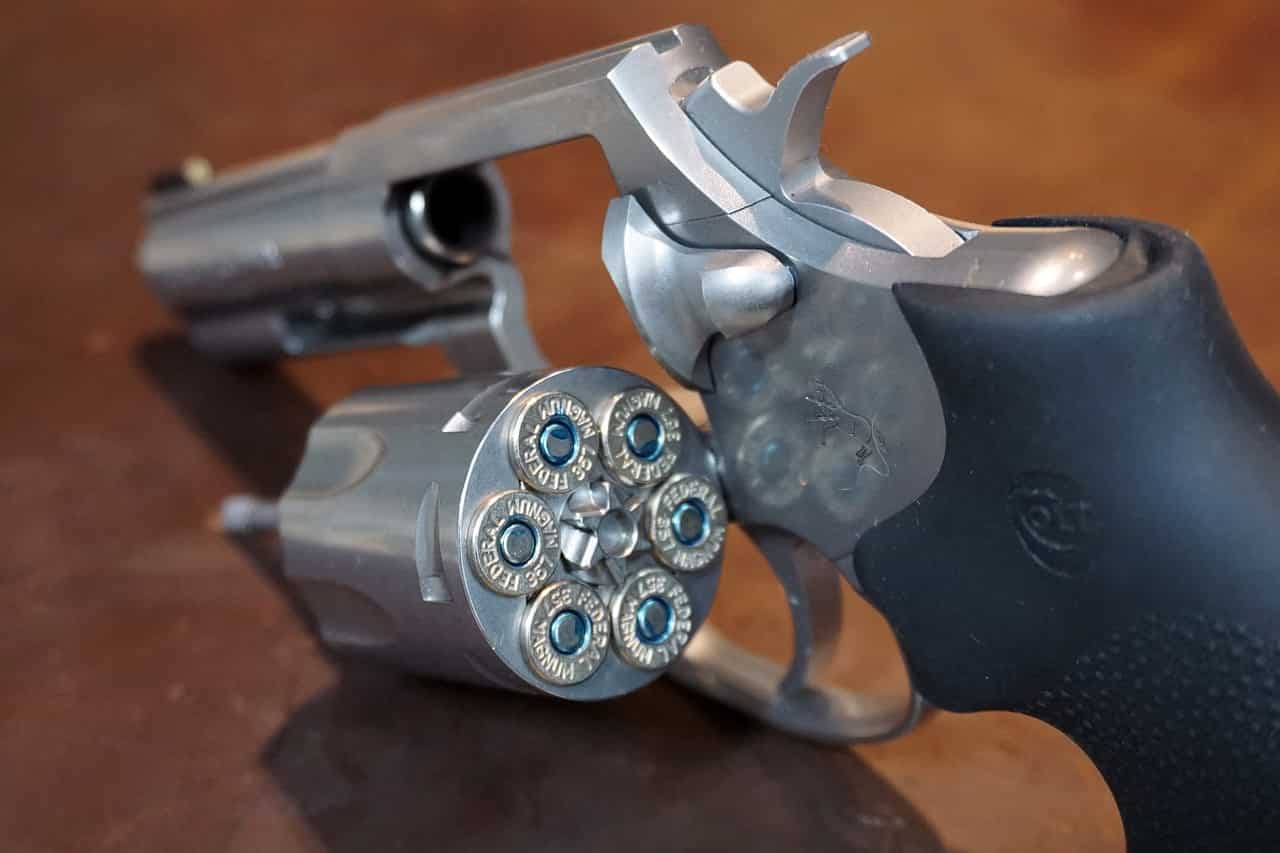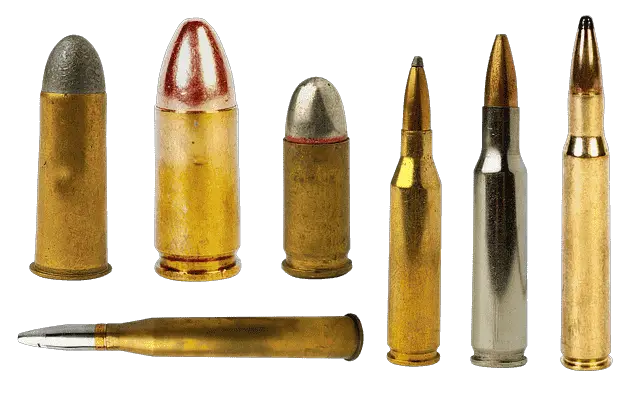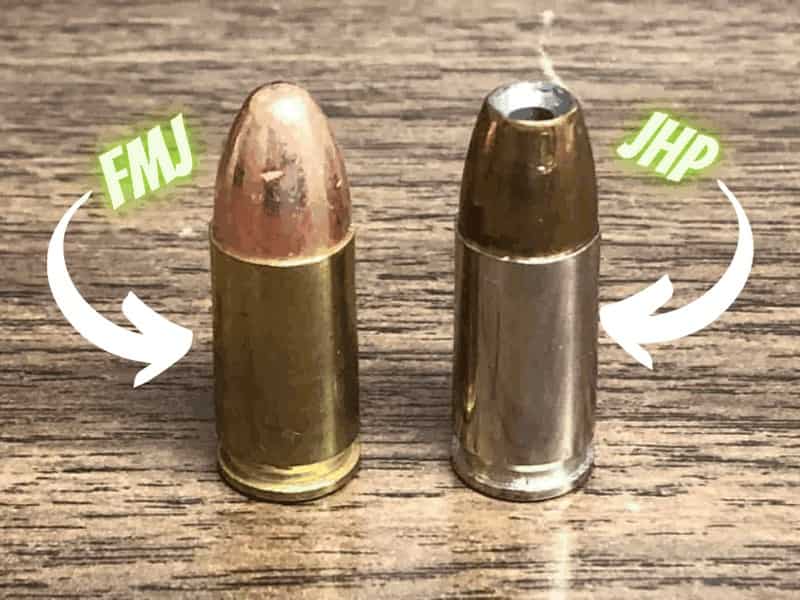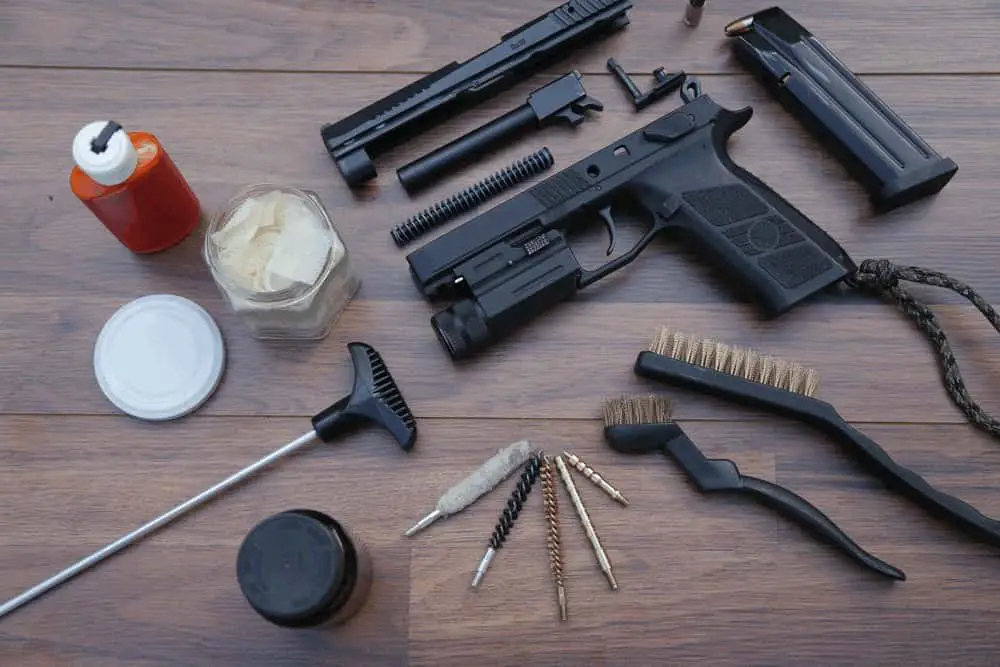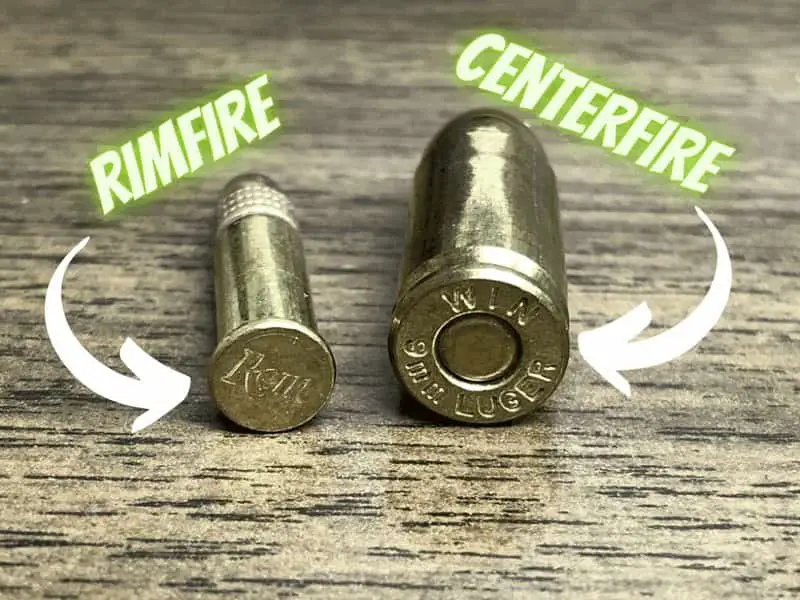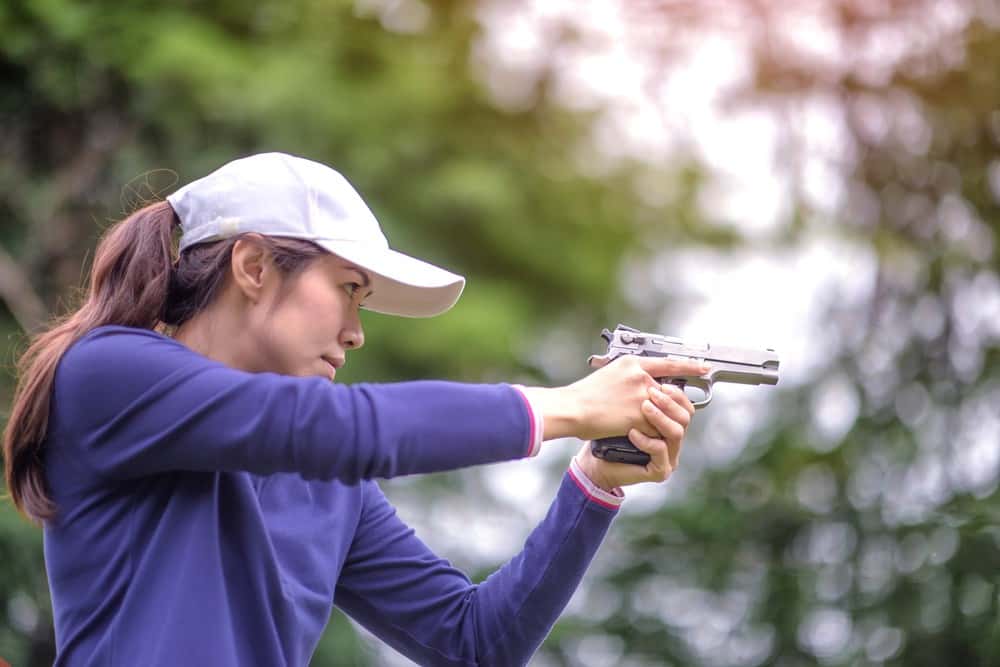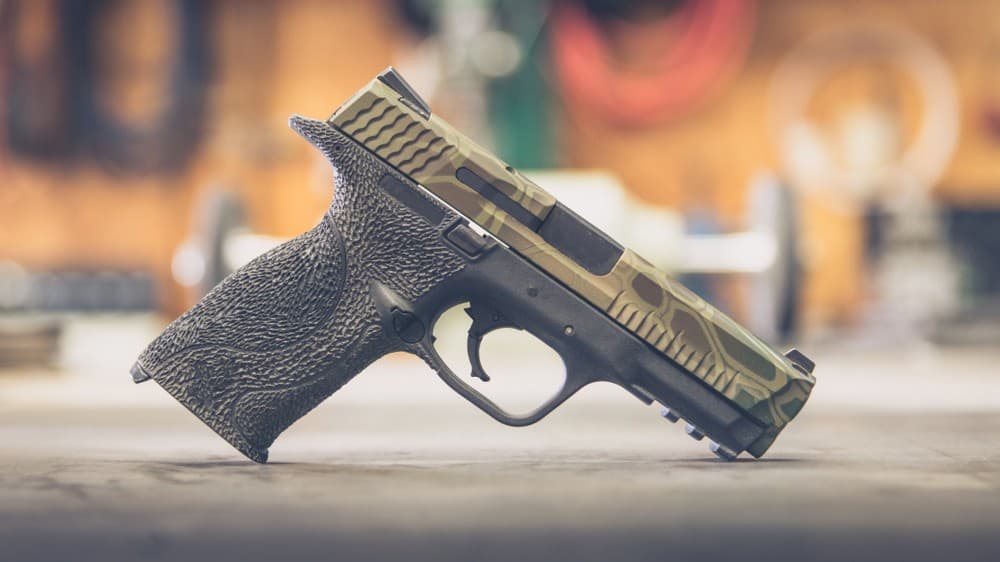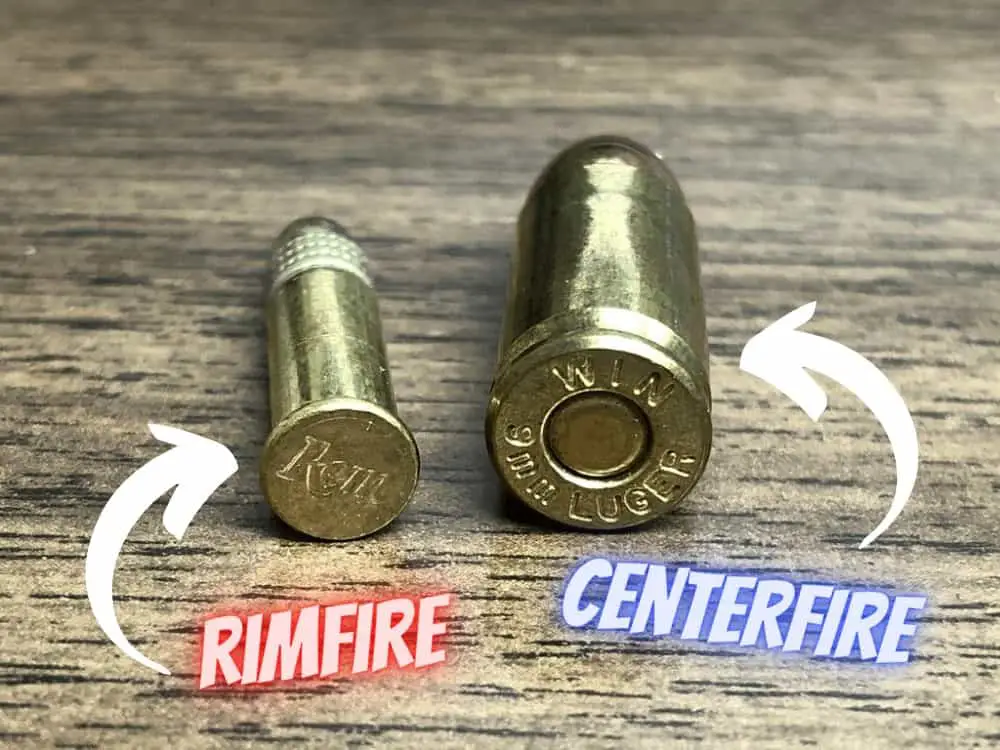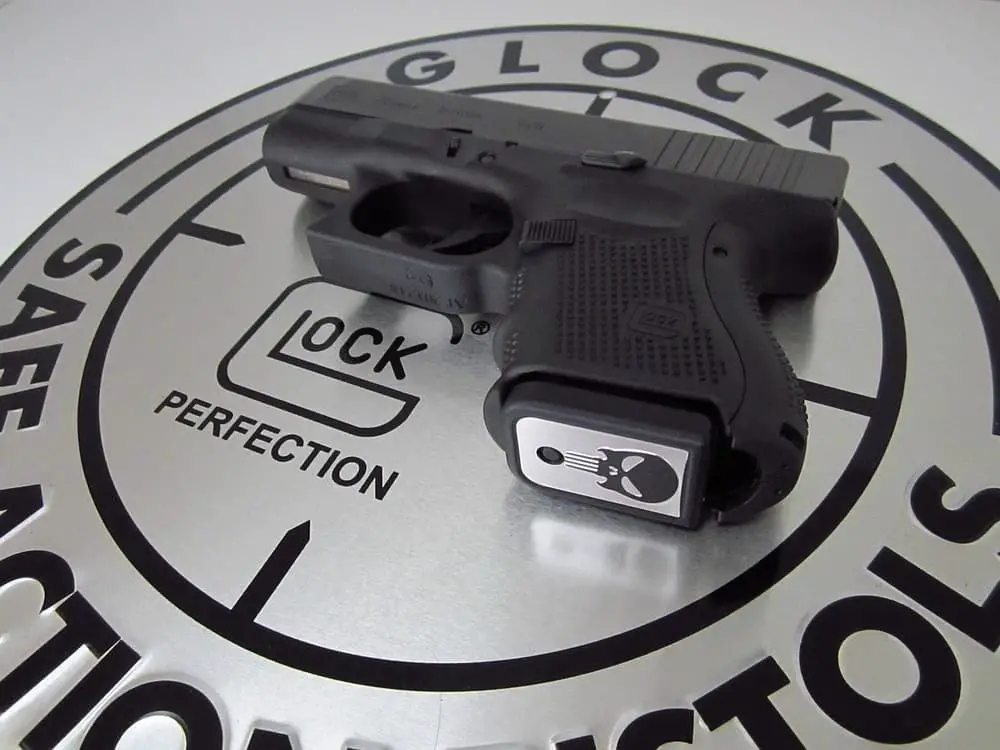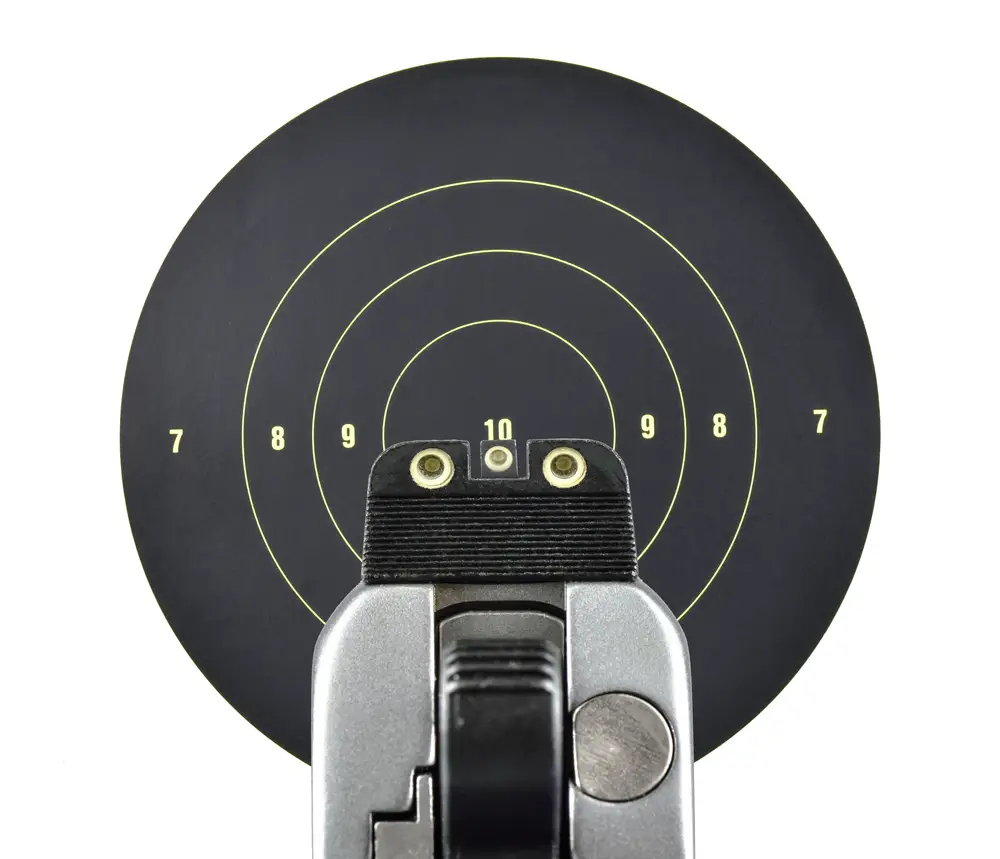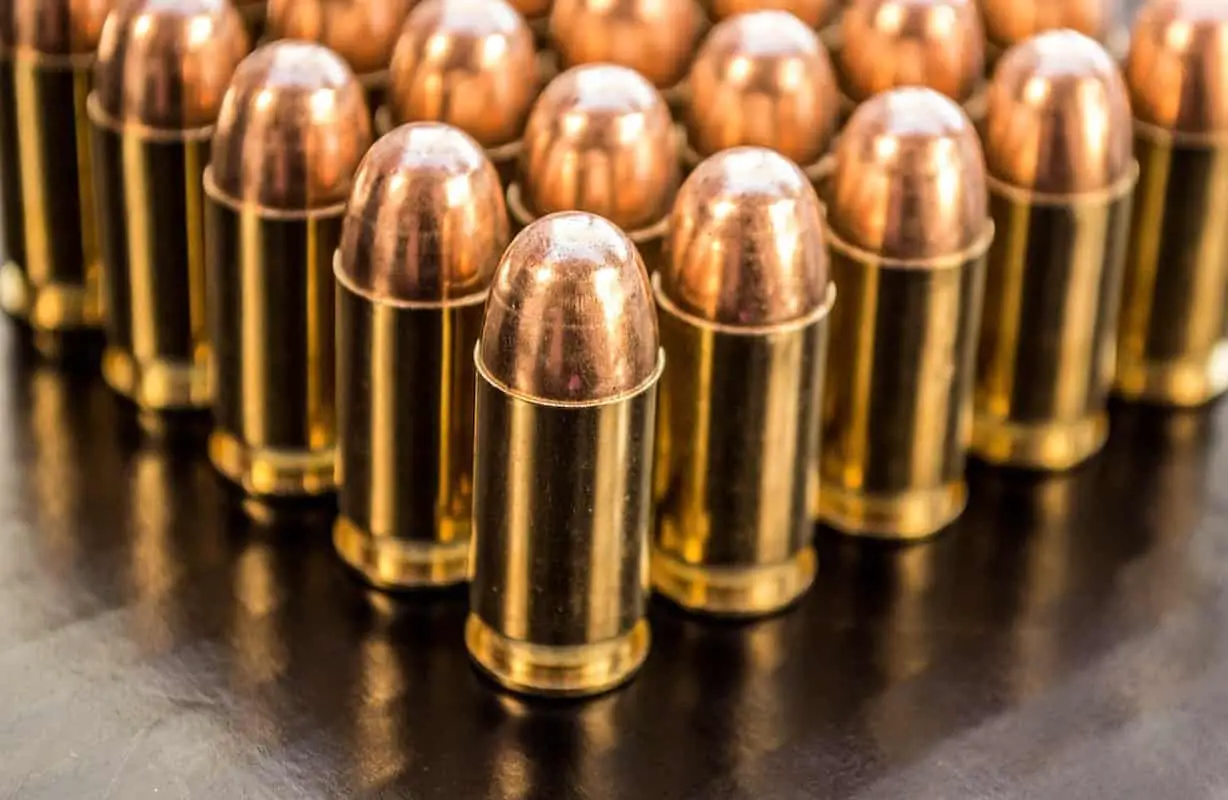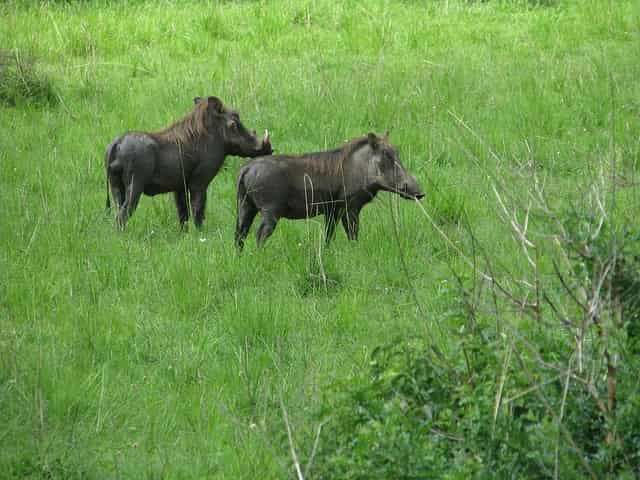
After successfully shooting a wild hog, hunters may be left wondering what to do next. While hunting can be a thrilling experience, it is important to know how to properly handle the animal after it has been taken down. This not only ensures a successful hunt, but also promotes safety and ethical practices.
The first step after shooting a wild hog is to approach it with caution. Even though the animal may appear dead, it is important to always assume that it is still alive and capable of causing harm. Hunters should approach the animal from behind and use a long stick to poke the hog to ensure that it is no longer moving. Once the animal has been confirmed dead, hunters can begin the process of field dressing and cleaning the hog.
Field dressing involves removing the internal organs of the animal, which can be done on-site or at a nearby processing facility. Hunters should also be aware of any state regulations regarding the transport and disposal of wild hogs. Properly handling the animal after the hunt not only ensures a successful harvest, but also promotes responsible hunting practices and safety for all involved.
Field Dressing the Hog
Gutting the Hog
The first step in field dressing a hog is to gut it. This involves making a cut from the anus to the base of the neck, being careful not to puncture any internal organs. Once the cut is made, the internal organs can be removed. It’s important to be careful during this process to avoid contaminating the meat with any fecal matter or other contaminants.
After the organs have been removed, the carcass should be thoroughly cleaned to remove any remaining blood or debris. This can be done using water and a mild detergent, or by wiping the carcass down with a clean cloth.
It’s important to note that shot placement can affect the quality of the meat. A poorly placed shot can damage the internal organs, making it more difficult to field dress the hog and potentially contaminating the meat. It’s important to aim for the vitals when shooting a wild hog to ensure a clean kill and preserve the quality of the meat.
Preparing the Carcass
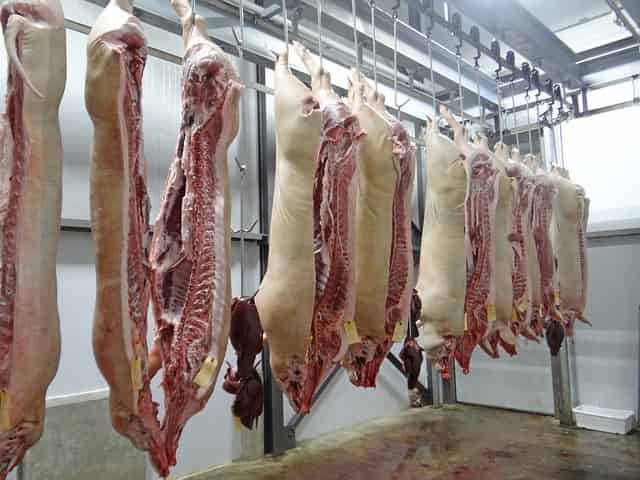
Hanging and Skinning the Hog
The first step in preparing the carcass is to hang the hog. This allows the blood to drain out and makes it easier to skin the animal. The skin can be removed using a sharp knife or a skinning tool. It is important to be careful when skinning the hog to avoid cutting into the meat.
Once the skin has been removed, the hog can be hung again to allow any remaining blood to drain out. This is an important step in preparing the carcass, as it helps to improve the quality of the meat.
Cutting the Hog into Smaller Pieces
After the hog has been hung and skinned, it is time to cut it into smaller pieces. This can be done using a bone saw or a sharp knife. It is important to be careful when cutting the hog, as it can be difficult to get through the bones.
One of the first cuts to make is to remove the back straps. These are the long strips of meat that run along the spine. They are considered to be some of the best cuts of meat on the hog.
Once the back straps have been removed, the hog can be cut into smaller pieces. This can be done according to personal preference, but some common cuts include the ham, shoulder, and loin.
Overall, preparing the carcass of a wild hog requires some skill and knowledge. By following these steps, it is possible to get the most out of the animal and enjoy some delicious meat.
Properly Cooling and Storing the Meat
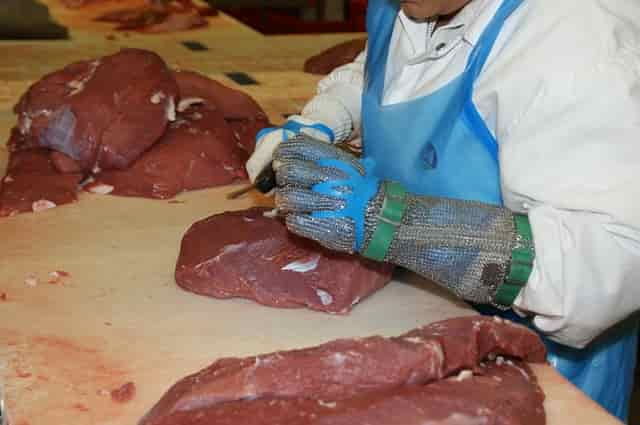
Cooling the Meat
After shooting a wild hog, it is important to cool the meat as quickly as possible to prevent spoilage. The optimal temperature range for cooling the meat is between 32°F and 40°F. If the meat is not cooled within four hours of harvest, it may begin to spoil.
To cool the meat, the hunter should first remove the internal organs from the hog’s cavity. This will help to reduce the temperature of the meat and prevent bacteria growth. The hog should then be washed thoroughly with cool water to remove any dirt or debris.
After washing, the hog should be placed in a cooler or a refrigerator. If a cooler is used, it should be filled with ice or frozen water bottles to help maintain the proper temperature. The hog should be covered with a clean cloth or plastic wrap to prevent contamination.
Storing the Meat
Once the meat has been cooled, it is important to store it properly to prevent spoilage. The meat can be stored in a refrigerator for up to four days or frozen for up to six months.
If storing in a refrigerator, the meat should be wrapped in plastic wrap or aluminum foil to prevent it from drying out. It should also be stored on the bottom shelf of the refrigerator to prevent any juices from dripping onto other foods.
If freezing the meat, it should be wrapped in freezer paper or placed in a freezer-safe plastic bag. The meat should be labeled with the date it was frozen and the type of meat. It should be stored in the coldest part of the freezer, which is usually the back.
It is important to note that freezing the meat will not kill any bacteria that may be present. Therefore, it is important to cook the meat thoroughly before consuming to prevent any foodborne illnesses.
Overall, properly cooling and storing the meat after shooting a wild hog is essential to prevent spoilage and ensure the meat is safe for consumption.
Conclusion
In conclusion, after shooting a wild hog, it is important to take certain steps to ensure the safety of the hunter and others in the area, as well as to make the most of the meat and other parts of the animal.
If using a gun or bow, the hunter should make sure the animal is dead before approaching it. This can be done by waiting a few minutes or by checking for signs of life, such as breathing or movement. Once the animal is confirmed dead, the hunter should approach it from behind to avoid being charged or injured by the animal’s tusks.
The hunter should then begin the process of field dressing the animal. This involves removing the internal organs and other parts of the animal that are not used for meat. The hunter should also remove the hair and skin from the animal to make it easier to transport and prepare for consumption.
Once the animal has been field dressed, the hunter can then transport it to a processing facility or begin the process of preparing the meat for consumption. This can involve cutting the meat into specific cuts, such as chops or steaks, or grinding it into sausage or other types of meat products.
Overall, shooting a wild hog can be a rewarding experience for hunters, but it is important to take the necessary steps to ensure safety and make the most of the animal’s meat and other parts. By following these steps, hunters can enjoy a successful and safe hunting experience.
Have you ever thought about buying ammo online?
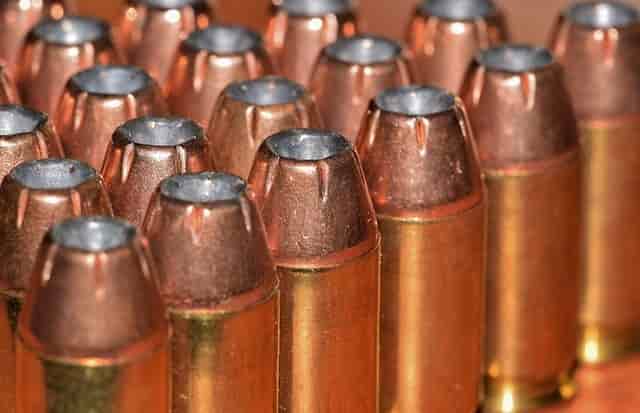
I’m telling you it’s so easy with Lucky Gunner! The ammo shown on their site is guaranteed to be in stock and will ship fast. I heartily endorse Lucky Gunner and so do their many customers.
“Okay, so far I’ve dealt twice with LuckyGunner, and all I can say is, I LOVE YOUR COMPANY!!!!
Imagine: only items in stock are advertised. Who’da thunk, eh? The more highly advertised ones – Cheaper Than Dirt, Cabela’s, et. al. – will put you on backorder forever and a day. But LuckyGunner – I ordered 500 shells of .45 ACP (hard to get in this “shortage”) – and there it was at my address. No backorders, no bull. Business as it should be.
Yes, I’m telling my friends! I’m constantly writing down your addy on bits of paper (and running out of the latter), spreading the joyous news, “No backorders! No bull! Try LuckyGunner.com, you won’t be sorry!” Thank you for being there for an ammo-starved public. And, thanks for the SUPERB customer service.”
— Walter J., Silverdale, WA —


Jason Huskey
Owner of CCWClasses.net
Jason Huskey is a family man with three kids and a wonderful wife. He’s always starting new hobbies, but his true passion lies in shooting sports. Jason has been a CCW license holder for over 10 years and carries every day. In addition to firearms, he also enjoys playing guitar and writing songs. He tries to live by the Christian values he believes in.
More things you might enjoy…
Can a 38 Special Shoot 357 Rounds?
Image by MikeGunner from Pixabay I’ve long since discovered that very few activities give me the same thrill and sense of security as firing a gun. As a gun owner and enthusiast, I’ve always been curious about which guns can shoot which kinds of ammunition. I have a Derringer five-shot revolver that uses .22 rounds.…
Who Makes the Most Popular Brands of Ammo
If you are here to figure out who makes Herter’s ammo just look below the following table for a more thorough answer. If you are looking for a specific type of ammo, then you need to start by figuring out who makes it. There are lots of options for ammunition and each type of bullet…
What Does Full Metal Jacket Mean?
If you have heard the term full metal jacket, then you might be wondering what this means. I know that growing up, I heard this term a lot. I dismissed it as some sort of saying or cliche. Eventually, I decided that I needed to figure out what people meant when they use this term.…
How Often Should You Clean Your Gun?
After purchasing a firearm, you might wonder how often you should clean your gun. The truth is that it largely depends on how often you use it and where you live. Keep reading to learn more. How Often Should You Clean Your Gun? The short answer: do a light cleaning after every shooting session and…
What Is The Main Difference Between Centerfire And Rimfire Ammunition?
Rimfire vs Centerfire Everyone has to start somewhere. If you’re new to guns, learning the difference between rimfire and centerfire ammunition is important. Let me backtrack a moment. The first time I went out on the gun range, I had zero idea that there were different types of ammo for different types of weapons. All I knew…
Continue Reading What Is The Main Difference Between Centerfire And Rimfire Ammunition?
How Should You Hold a Handgun for Maximum Accuracy?
Whether it’s for sport or you find yourself in a defensive situation where you need to use a handgun, how you hold it will significantly affect your accuracy. Developing your handgun techniques will help you become a better shot and keep you safe. Read on to learn the answer to the question: How should you…
Continue Reading How Should You Hold a Handgun for Maximum Accuracy?
What Is Stippling On A Gun?
Hey, would you like a more firm grip on your gun? Would that help you shoot better? Well that is what stippling is for. Stippling is a modification to the grip that makes it, well, more grippy. It is done by sanding off the original finish and then using a hot soldering iron to make…
What Is A Centerfire Pistol?
To answer the question: “What Is A Centerfire Pistol?”, you must first understand that there are two main types of ammunition: Centerfire Rimfire These ammo categorizations are based on where the firing pin hits the back of the bullet to make it fire. A centerfire pistol is one where the firing pin strikes the center…
Is It Bad To Dry Fire A Glock?
There are loads of myths and assumptions surrounding handguns. If you grew up around guns, you probably heard some of these myths. Today, we will answer the question: Is it bad to dry fire a Glock. The Quick Answer Dry firing modern centerfire guns is completely fine (this includes most Glocks). The firing pin does…
What Is The Sight Picture?
When you first became interested in shooting you probably heard the terms sight picture and sight alignment being thrown around. Most people tend to use the two terms interchangeably; however, they do not mean the same thing. In this guide, I will make a clear distinction between sight picture and sight alignment. To master any new trade, you must…
What is Ball Ammo
When you hear the term “ball ammo” you may be picturing an actual ball. While the term did originate from ball shaped ammo, that’s not what it means today. Most ball ammo today is cylindrical in shape. It will have a lead core coated with copper. Keep reading to learn all about the history and…
